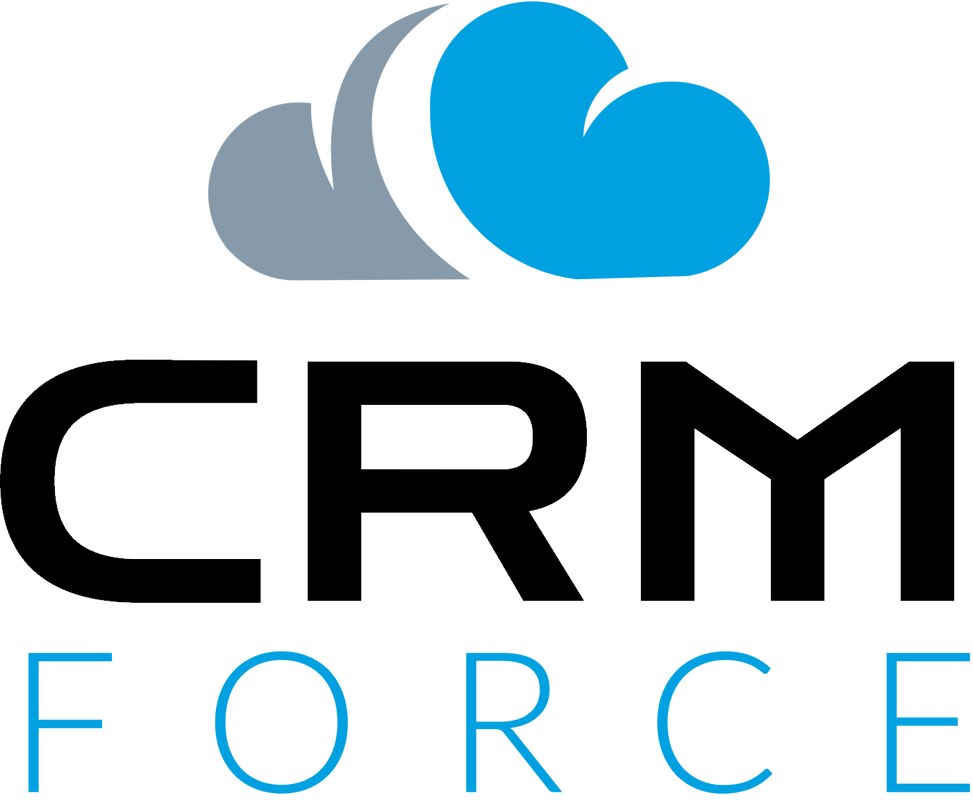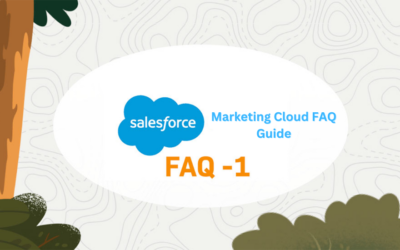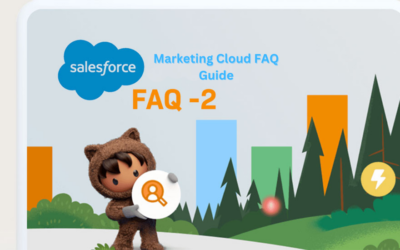In today’s fast-paced world, change has become the only constant. From technological advancements to global crises, businesses and organizations are continually facing disruptions that challenge the status quo. In these turbulent times, effective leadership is crucial for not only surviving but thriving amidst change. In this article, we will explore the dynamics of leadership in times of change and provide actionable strategies for leaders to adapt and excel. If you need assistance with Salesforce CRM setup and optimization, companies like CRM Force can provide valuable expertise and support.
1. The Nature of Change
This section delves deeper into the essence of change, explaining its diverse origins and the profound impact it can have on organizations. It elucidates that change isn’t a dimensional concept but a complex phenomenon triggered by various factors, such as technological advancements, economic shifts, and unforeseen global events like pandemics. Highlighting these diverse triggers emphasizes the ubiquity of change in today’s world. Moreover, it stresses that change is disruptive; it disrupts existing structures, norms, and routines, which can be unsettling and challenging for organizations.
Understanding the multifaceted nature of change becomes crucial for leaders because it enables them to anticipate, respond to, and manage these disruptions effectively. This understanding sets the stage for the subsequent sections by making it clear why leaders need to develop specific strategies and approaches tailored to the ever-changing landscape. Ultimately, the section establishes that leadership in times of change isn’t merely about reacting to disruptions; it’s about proactively leading through them, embracing them as opportunities rather than obstacles.
Embrace a Growth Mindset
At the core of effective leadership during times of change is the concept of a growth mindset. Leaders who thrive in such circumstances perceive challenges not as insurmountable obstacles but as opportunities for personal and organizational growth. They comprehend that setbacks are not failures but rather valuable learning experiences. By actively promoting and nurturing a growth mindset within their teams, these leaders cultivate a culture where resilience and adaptability flourish.
A growth mindset involves embracing challenges, persisting through obstacles, seeing effort as a path to mastery, learning from criticism, and finding inspiration in the success of others. Leaders who embody and encourage these qualities in their teams foster an environment where the innate potential for growth is recognized and utilized optimally.
Communication is Key
In times of uncertainty, effective communication takes center stage. Leaders must be transparent, honest, and articulate in their communication with their teams. Providing regular updates regarding changes, explaining the rationale behind those changes, and offering a clear roadmap for the way forward are critical aspects of effective communication. This open and transparent communication not only builds trust but also alleviates anxiety, enabling teams to cope more effectively with change. Clear communication involves active listening, asking for feedback, being empathetic, and fostering an open-door policy. When leaders make an effort to genuinely connect with their teams, they create an environment of trust and understanding, which is essential for navigating through change successfully.
Foster Innovation
Change often acts as a crucible for innovation. Forward-thinking leaders actively encourage creative thinking and experimentation within their teams. They cultivate an environment where novel ideas and unconventional approaches are not just welcomed but celebrated. Embracing new ideas and innovative solutions can give organizations a significant competitive edge, even amidst uncertainty. Fostering innovation involves creating a safe space for brainstorming, encouraging diverse perspectives, recognizing and rewarding innovative efforts, and providing the necessary resources for experimentation. When organizations prioritize and nurture innovation, they ensure that they are not just reacting to change but proactively shaping it.
2. Adaptation Strategies
Now that we’ve established the fundamentals of leadership in times of change, let’s delve into specific strategies that leaders can employ to adapt effectively.
Agile Leadership
Agile leadership represents a comprehensive methodology that places adaptability and responsiveness at its core. Leaders who embrace this approach are better equipped to pivot swiftly and make well-informed decisions. They establish cross-functional teams capable of responding to change with agility and precision, ensuring the organization can adeptly navigate disruptions.
Agile leadership involves embracing change as a constant, empowering the team to self-organize, fostering collaboration and transparency, and promoting a customer-centric focus. By adopting the principles of agility, leaders can lead their organizations through change with flexibility and resilience.
Data-Driven Decision-Making
Data emerges as an invaluable asset when dealing with change. Leaders should make data-driven insights the cornerstone of their decision-making process. Analytics and metrics provide a profound understanding of the evolving landscape, enabling leaders to stay ahead of the curve. Leveraging data empowers leaders to make strategic choices that align with the organization’s objectives.
Data-driven decision-making involves collecting and analyzing relevant data, translating data into actionable insights, and using these insights to inform strategic decisions. When leaders harness the power of data, they ensure that their decisions are well-informed and aligned with the organization’s goals.
Scenario Planning
Scenario planning represents a proactive approach to managing change. It involves creating multiple potential future scenarios, each with a corresponding strategy. By preparing for various outcomes, leaders can adapt more effectively when change inevitably occurs. Scenario planning minimizes the disruptive impact and empowers informed decision-making.
Scenario planning requires anticipating different possible future states, evaluating their likelihood and impact, and devising strategies to mitigate risks or capitalize on opportunities in each scenario. By envisaging potential futures, leaders can prepare their organizations to navigate change with resilience and agility.
Develop Resilience
Resilience, the ability to rebound from adversity, is a quality that effective leaders not only possess but also nurture within their teams. Resilient individuals and organizations can navigate change with greater ease, maintaining their performance and morale even when confronted with uncertainty. Developing resilience involves promoting a positive and optimistic outlook, providing opportunities for growth and development, fostering a sense of purpose and meaning, and encouraging a healthy work-life balance. When leaders invest in building resilience, they equip their teams to not only withstand change but also emerge stronger from it.
Lead by Example
Leaders play a pivotal role in setting the tone for their organizations. They should embody the qualities they wish to see in their teams: adaptability, resilience, and a growth mindset. Leading by example inspires others to follow suit and contributes to the creation of a unified, change-ready culture.
Leading by example involves demonstrating desired behaviors, being accountable and responsible, providing constructive feedback, and actively engaging with the team. When leaders set the standard for desired behaviors, they create a cohesive and motivated team that can effectively navigate through change.
Continual Learning
In rapidly evolving environments, leaders must prioritize learning and development. Staying abreast of industry trends, emerging technologies, and best practices is imperative for making informed decisions and guiding teams effectively. Encouraging a culture of perpetual learning empowers teams to remain relevant and responsive.
Continual learning involves providing opportunities for training and upskilling, encouraging participation in conferences and workshops, promoting knowledge-sharing within the organization, and supporting further education. When leaders invest in the continuous development of their teams, they ensure that the organization is equipped to adapt to evolving circumstances effectively.
Conclusion
In the ever-evolving landscape of today’s world, leadership in times of change is not a mere managerial task; it is a profound art. As we navigate the storm of uncertainty and disruption, effective leadership emerges as the beacon that guides organizations toward not just survival but also sustainable growth and success. This journey has unveiled the essential elements that underpin such leadership, from embracing a growth mindset to fostering innovation and from agile strategies to data-driven decision-making. These elements are not disparate entities but interconnected facets of a holistic leadership approach.
To conclude, effective leadership during times of change is not a destination but a dynamic process, a continuous quest for growth and adaptability. It is about creating an organizational culture where change is not met with fear but embraced with curiosity and a sense of opportunity. It’s about leaders who lead by example, inspiring their teams with resilience, optimism, and a relentless pursuit of learning. The journey through change is seldom easy, but it is through effective leadership that organizations can not only weather the storm but also emerge from it stronger, more agile, and better positioned to thrive in an ever-shifting landscape.
In embracing these principles and embodying them in leadership practices, organizations can chart a course toward a future where change is not merely endured but actively leveraged to drive innovation, growth, and enduring success. Leadership in times of change is the compass that points the way, the anchor that provides stability, and the wind that propels organizations toward their full potential. To learn more about how CRM Force can assist you in recruiting top CRM talent and optimizing your CRM strategies for successful drip campaigns, contact us today. Together, let’s maximize your customer engagement. Contact us today.





